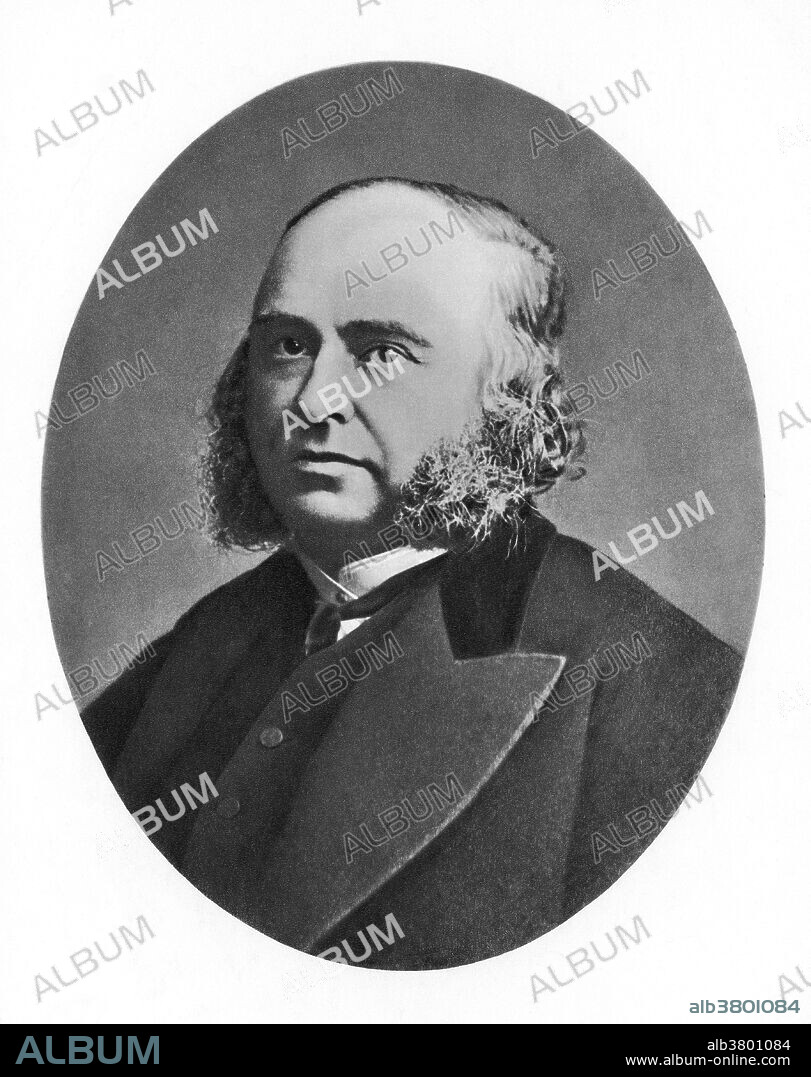alb3801084
Paul Broca, French Anatomist and Anthropologist

|
Añadir a otro lightbox |
|
Añadir a otro lightbox |



¿Ya tienes cuenta? Iniciar sesión
¿No tienes cuenta? Regístrate
Compra esta imagen.
Selecciona el uso:

Título:
Paul Broca, French Anatomist and Anthropologist
Descripción:
Ver traducción automática
Pierre Paul Broca (1824-1880) was a French physician, surgeon, anatomist and anthropologist. He is best known for his research on Broca's area, a region of the frontal lobe that has been named after him and is responsible for articulated language. His work revealed that the brains of patients suffering from aphasia contained lesions in a particular part of the cortex, in the left frontal region and the first anatomical proof of the localization of brain function. His work also contributed to the development of physical anthropology and advancing the science of anthropometry. His early scientific works dealt with the histology of cartilage and bone, but he also studied cancer pathology, the treatment of aneurysms, and infant mortality. As a neuroanatomist he made important contributions to the understanding of the limbic system and rhinencephalon. He wrote extensively on biological evolution. Broca wrote on public health and advocated for women's education, public education and its separation from the church. His is one of the 72 names inscribed on the Eiffel Tower.
Crédito:
Album / Science Source / New York Public Library
Autorizaciones:
Modelo: No - Propiedad: No
¿Preguntas relacionadas con los derechos?
¿Preguntas relacionadas con los derechos?
Tamaño imagen:
3597 x 4544 px | 46.8 MB
Tamaño impresión:
30.5 x 38.5 cm | 12.0 x 15.1 in (300 dpi)
Palabras clave:
1880 • ANTROPOLOGIA • ANTROPOMETRIA • ARTE • AUTOR • BROCA • CIENCIA • COLOREADA • DESCUBRIDOR • DIBUJO • DOCTOR • ESCRITOR • EUROPEA • EUROPEAS • EUROPEO • EUROPEOS • EXPLORADOR • FAMOSA • FAMOSO • FIGURA • FRANCES • GENTE • HISTOLOGO • HISTORIA • HISTORICO • HOMBRE • HOMBRES • ILUSTRACION • IMPORTANTE • MASCULINO • MEDICINAL • MEDICO • MEJORA • OBRA DE ARTE • PERSONA • PERSONALIDAD • PERSONALIDADES • RETRATO DE HOMBRE • SANIDAD PUBLICA • SEPARACION DE ESTADO E IGLESIA • SIGLO XIX
 Pinterest
Pinterest Twitter
Twitter Facebook
Facebook Copiar enlace
Copiar enlace Email
Email
